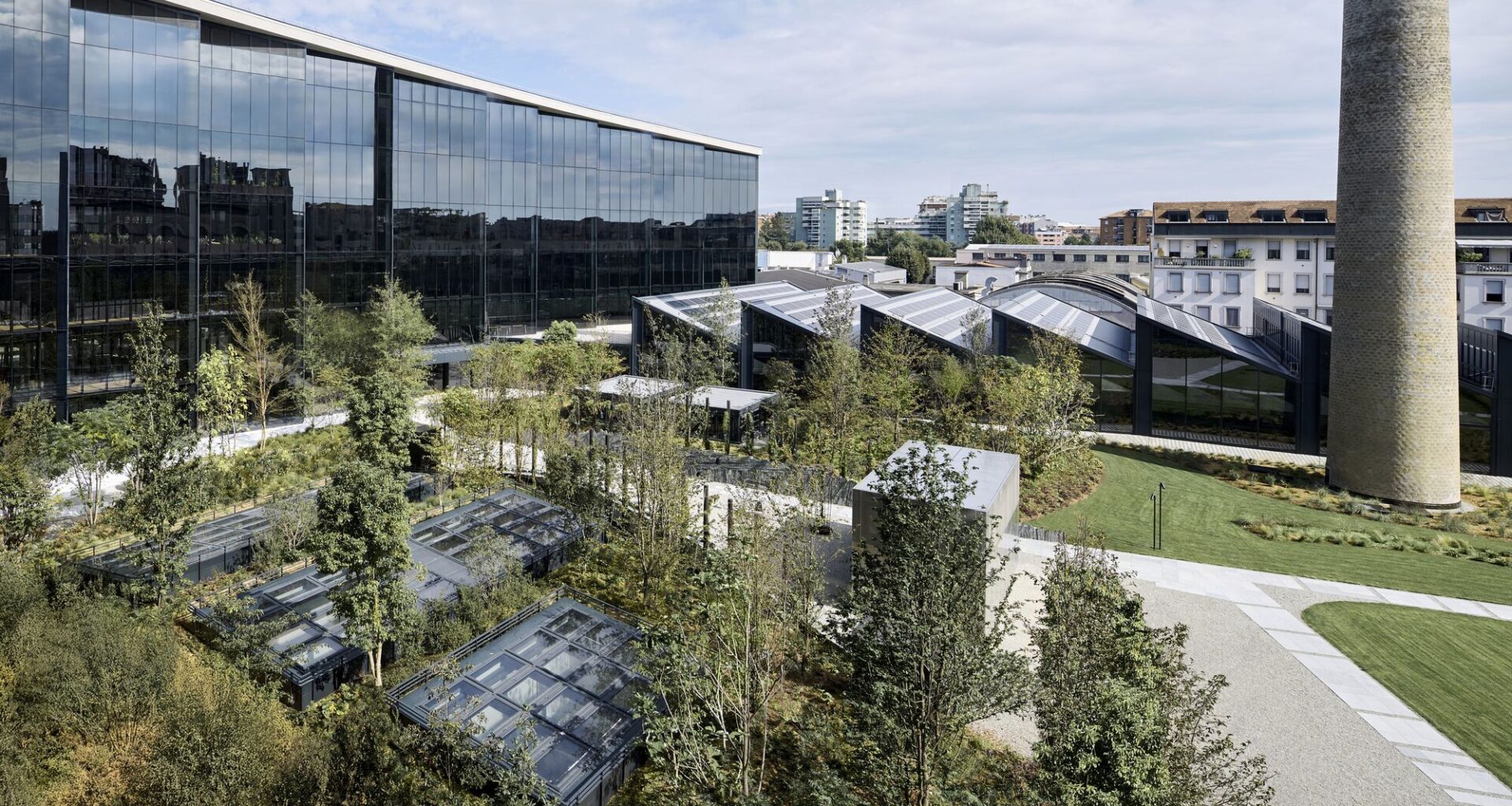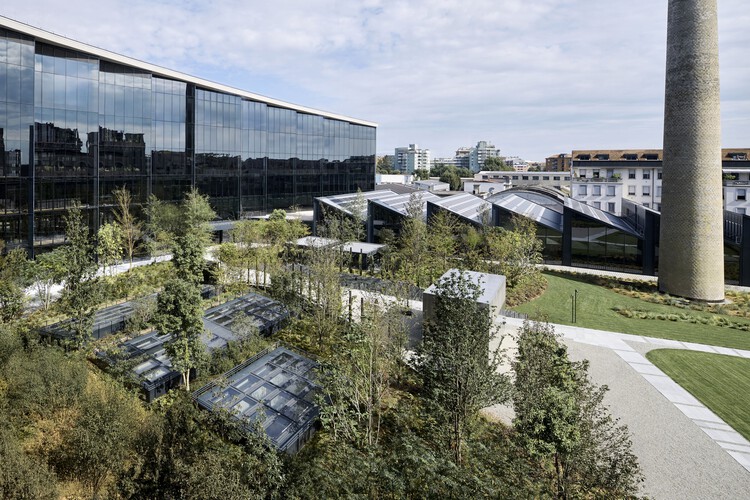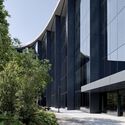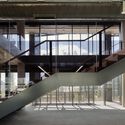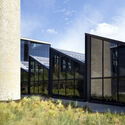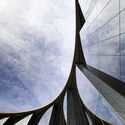Share
Share
Or
https://www.archdaily.com/1035290/casa-moncler-headquarters-acpv-architects-antonio-citterio-patricia-viel
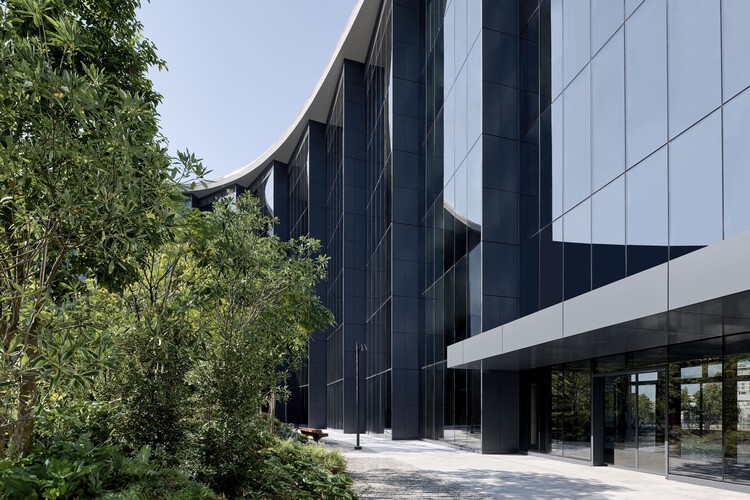 © Leo Torri
© Leo Torri
Text description provided by the architects. Moncler’s new headquarters, a landmark of urban regeneration. ACPV ARCHITECTS Antonio Citterio Patricia Viel presents Casa Moncler, the new headquarters of the brand, located within the Symbiosis District in Milan, a strategic area of urban regeneration in the southern quadrant of the city. The project takes the form of a complex spanning 77,000 square meters, distributed across six above-ground floors and two basement levels, reaching a total height of approximately 32 meters. Designed to accommodate over 700 employees, the building offers highly flexible workspaces and advanced environmental performance, establishing a dialogue with the site’s historical legacy. The new headquarters for Moncler reinterprets contemporary industrial architecture by evoking the morphology and materiality of the site’s original manufacturing context, transforming these references into an architectural language that is both essential and sophisticated. The main building stands out for its rigorous compositional layout and its restrained formal presence. The volumetric articulation also includes a semi-underground showroom, whose architecture features a shed roof that establishes a dialogue with the surrounding structures. This element intersects volumetrically with the main body, creating an architectural junction that defines the perimeter of the campus and reinforces its overall compositional coherence. Embracing the principles of the Building-as-a-City, the structure absorbs the complexity of an urban environment, becoming an organism capable of accommodating a wide range of functions and services, while fostering exchange and cross-contamination among different architectural typologies. Moreover, elements of industrial archaeology, such as the historic chimney, have been repurposed and integrated into the new design, reinforcing the connection between past and present and anchoring the building within Milan’s urban landscape.

